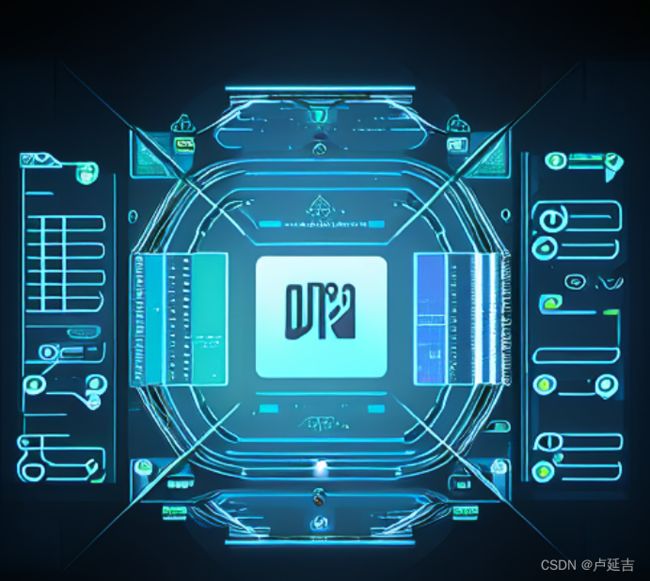SSA(Software System Architect)
- System Design: Creating the high-level system design, defining system boundaries, and identifying the key components and their responsibilities.
- Architectural Patterns: Selecting and applying appropriate architectural patterns such as layered, client-server, microservices, or event-driven architecture to ensure scalability, modularity, and maintainability.
- System Integration: Defining how different components of the system will communicate and interact with each other, ensuring seamless integration and data flow.
- Performance and Scalability: Designing the system to handle high loads, optimize performance, and enable scalability. This may involve techniques such as load balancing, caching, and data partitioning.
- Security: Addressing security concerns by designing security measures such as authentication, authorization, and encryption at various system levels.
- Reliability and Resilience: Ensuring the system is reliable and resilient to handle failures, by introducing fault tolerance mechanisms and redundancy.
- Technology Selection: Evaluating and selecting appropriate technologies, frameworks, and tools to support the system's requirements.
- Communication and Collaboration: Working closely with stakeholders, development teams, and other architects to gather requirements, communicate design decisions, and align with business goals.
Architecture:
The architecture of a software system serves as the blueprint for its design and functionality. It involves high-level structures and the overall behavior of the system. When designing the architecture, it's important to consider factors such as modularity, security, and integration with other systems. The choice of architecture, whether it's monolithic, microservices, or serverless, greatly impacts the system's flexibility and maintainability.
Deployment Models:
Selecting the right deployment model is crucial for ensuring that the system is efficiently distributed and accessible. Whether it's cloud-based, on-premise, hybrid, or edge computing, each deployment model has its own set of advantages and considerations. The choice of deployment model impacts aspects like accessibility, scalability, and security.
Virtual Machine Architecture:
Virtual machine architecture plays a critical role in optimizing resource utilization and providing a flexible and scalable environment for running applications. Whether it's choosing between different hypervisors, containerization technologies like Docker, or virtual machine management platforms, the virtual machine architecture directly impacts the system's performance, isolation, and resource allocation.
Performance and Scalability:
Performance and scalability are key considerations for any software system. Measuring and optimizing performance involves understanding factors such as response time, throughput, and resource utilization. Scalability addresses the system's ability to handle increased load by adding resources or nodes. Techniques like load balancing, caching, and horizontal/vertical scaling play a significant role in ensuring that the system performs well under varying workloads.
Application Requirements:
Understanding the specific requirements of the application is essential for making informed decisions throughout the design and implementation process. Factors such as data storage, processing requirements, security constraints, and regulatory compliance all influence the architectural choices. Gathering and analyzing these requirements ensures that the architecture and deployment models align with the application's needs.
On the other background
In a not-so-distant future, humanity had entered a new era unlike any before. The world was driven by data, and every aspect of life was adaptive, constantly evolving to meet the needs of its inhabitants. It was an age where language was the primary mode of interaction, seamlessly bridging the gap between man and machine.
The sprawling cities pulsated with the hum of artificial intelligence, each building, each street, and each system communicating in a complex dance of ones and zeros. People walked the streets, their minds interconnected with the digital realm, their thoughts and desires shaping the very fabric of the world around them.
Cybernetic enhancements were commonplace, seamlessly integrated into the human form, enhancing physical capabilities and cognitive potential. The lines between organic and synthetic had blurred, giving rise to a new breed of beings who were as much machine as they were human.
But amidst the technological marvels, the concepts of security and privacy had become paramount. Encryption and virtual fortresses safeguarded the digital identities of individuals, ensuring that their thoughts and memories remained their own, shielded from the prying eyes of an interconnected world.
Yet, as humanity delved deeper into the realms of artificial intelligence and data-driven existence, questions arose about the nature of consciousness, the boundaries of individuality, and the ethical implications of living in a world where the very essence of humanity was entwined with the digital domain.
It was an era of wonders and challenges, a time when the very fabric of existence had been rewoven by the threads of technology and data, ushering in a future where the limits of imagination and innovation knew no bounds.
